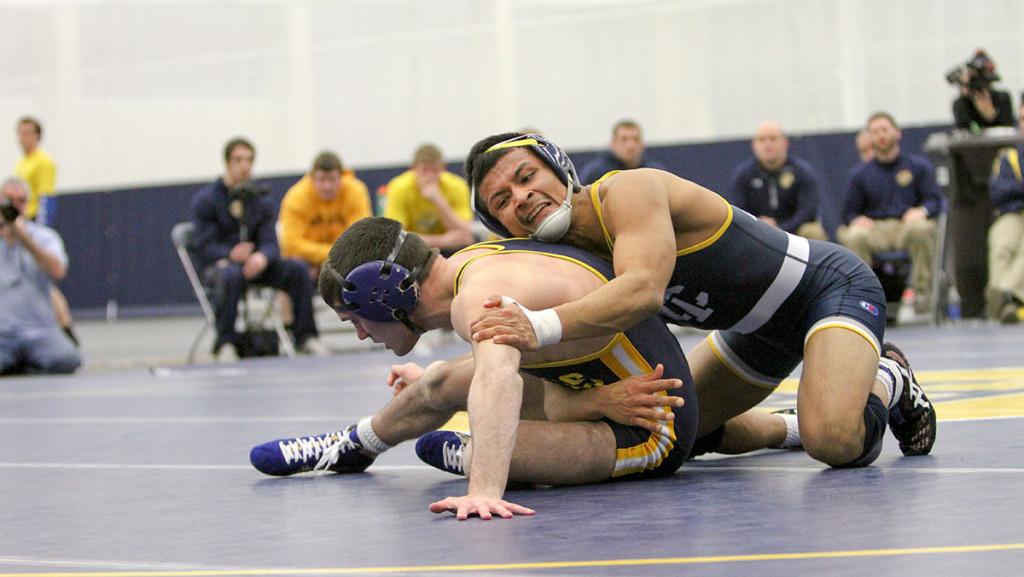

Īmerican wrestlers are notorious for the amount of faking they do. īy the turn of the 20th century, most wrestling matches were fixed, and journalists every now and then exposed the practice. The term kayfabe is thought to come from carny slang. This practice taught wrestlers the art of staging rigged matches and fostered a mentality that spectators were marks to be duped. To encourage visitors, the carnival operators staged rigged matches in which a plant in the audience challenged the champion and won, giving the audience the impression that the champion was easy to beat. Such carnival wrestlers used catch wrestling because with it they could quickly defeat their challengers with a painful hold. If the challenger defeated the champion in a short time frame, usually 15 minutes, he won a prize. For a fee, a visitor could challenge the wrestler to a quick match. Wrestlers around the turn of the 20th century sometimes worked in carnival shows.
#INTEGRITY PRO WRESTLING PROFESSIONAL#
Ī major influence on professional wrestling was carnival culture.

Fixed matches also carried less risk of injury, which meant shorter recovery. A real ("shoot") match could sometimes last hours, whereas a fixed match can be made short, which was convenient for wrestlers on tour who needed to keep appointments, or who needed to share venues (not to mention the audiences preferred short matches). For another thing, fixing matches was convenient for scheduling. Most importantly, a fixed match could be choreographed to make for a more entertaining spectacle (Greco-Roman wrestling in particular was boring to watch ). There were a number of reasons for this practice. At first, professional wrestlers were genuine competitive athletes, but they increasingly fixed their matches to the point that by the end of the century, nearly all professional wrestling matches were fixed. In America following the 1861–1865 Civil War, wrestling was a popular sport, with catch wrestling emerging as the most popular style. Although the mock combat they performed ceased to resemble any authentic wrestling form, the wrestlers nevertheless continued to pretend that it was authentic sport, and the fans played along-this is a tradition known as kayfabe. Professional wrestlers responded to the public's attitude by dispensing with realism in favor of entertainment, adding melodrama, gimmickry, and outlandish stuntwork to their performances. Rather than sanction the wrestlers for their deceit as was done with boxers, the public instead came to see professional wrestling as a performance art rather than a sport, mainly because it was more entertaining when scripted.

Professional wrestling as a form of theater evolved out of the widespread practice of match fixing among wrestlers in the early 20th century. The dramatic aspects of pro wrestling may be performed both in the ring or-as in televised wrestling shows-in backstage areas of the venue, in similar form to reality television. Professional wrestling is a form of theater that revolves around unarmed mock combat performed in a ring similar to the kind used in boxing (by contrast, authentic wrestling matches are usually played on a mat not enclosed with ropes).


 0 kommentar(er)
0 kommentar(er)
